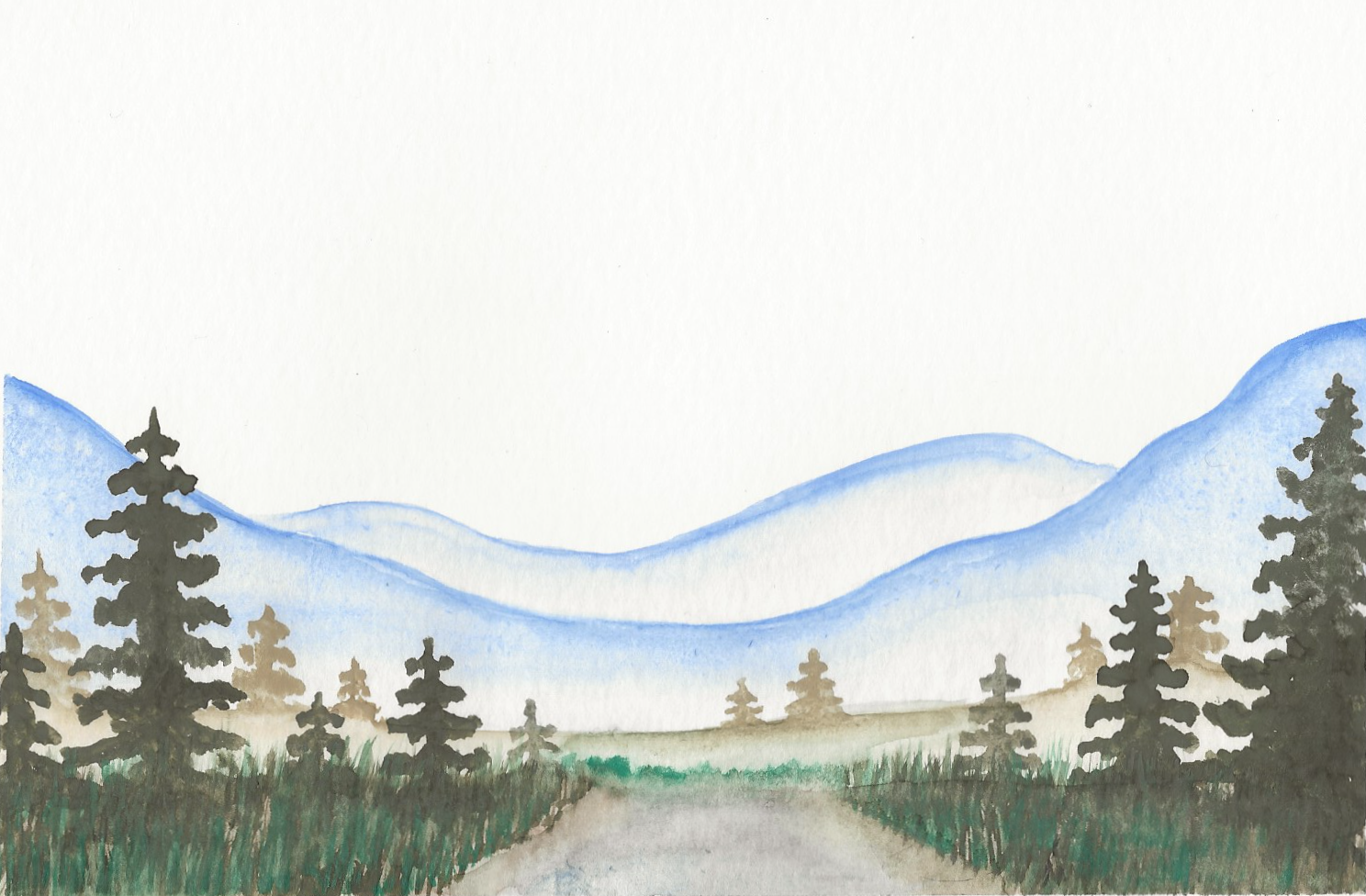Contrary to popular belief, this city isn’t the ultimate destination.
I always joke that half my personality is that I grew up in the Laurentians. I never shut up about the commute to school—it’s nearly four hours out of my day. Some might say I’m basically a superhero for it (nobody says that). I most definitely am not. People literally live in this city and spend the same amount of time crossing it as I do fleeing it.
My mother sometimes says it would have made my life easier if we hadn’t moved so far from the city. My dad often spends his days on the road for work. But they came here to find peace: the comfort of the fields that hug sinuous roads, stars we can actually see, silence. I’ve never been a city girl and I can now confirm that I never will be. Montreal is too fast-paced for my little heart.
I would be closer to school and my future dream job if I moved to Montreal. But I don’t want to narrow my world down to a single island, however great it may be. I would rather spend hours of my life in traffic or in the train if it means I get to escape the endless buzz of the city in my downtime.
If you live within a 50 km radius of a major city, you probably have already felt the pressure to escape your small town for bigger things. Maybe that stems from the American Dream concept. To me, Montreal has always felt like the ultimate goal, the ultimate success—get a fancy university degree, get a “good job,” get a house that costs much more than it’s worth. Some people might dream of Montreal like others dream of New York City.
That’s how I ended up attending university in Montreal, which made me very anxious very fast. My therapist suggested taking with me some of the things that make me feel safe. He might’ve meant something physical, but I took memories: listening to a wailing loon with my dad from our tent, befriending ducks on the lake with my mom, nodding to the stars that listen, watching the silver maples dance when it’s going to rain.
I went to Gaspésie last summer for the first time. Out by those mountains and shores, I was so far from the usual breakneck Greater Montreal ecosystem that Montreal felt like a hazy concept. For a second there, I envied the simplicity of being far, far away from the pressures of city life.
I’m just starting to adapt to the rhythm of Montreal and Concordia, but now I’m graduating. I’m standing at the edge of a cliff, windswept and awed as I stare out at the ever-changing landscape of my future. I don’t know what life is without school. I still don’t know what I want to do with my life. But my time here has taught me to better identify the people, the places and the things that make me feel happy and like myself; and my therapist has taught me to keep those close to my heart wherever I go, like a portable safe space.
The Laurentians are half of my personality probably because they’re a collection of memories and people who have shaped me into who I am. While university has fiercely chipped at me like a diamond, the Laurentians have polished me with love and kind intentions. No matter where I go, I know I will always circle back here even if it seems counter-intuitive toward my “success.”
But really, what is success without bliss? There’s something admirable about respecting your boundaries and keeping sight of what makes you happy, even if it doesn’t make sense on paper. My parents moving out to the Laurentians might have complicated a few things, but it was also the greatest gift they could’ve offered me.
I’m happy for those who found a home, a dream or a haven of anonymity in Montreal. Meanwhile, I might as well spend my whole life with one foot in the city, looking for success and creative opportunities, and the other foot in the Laurentians, looking for peace—just like my dad did, and he turned out just fine.
